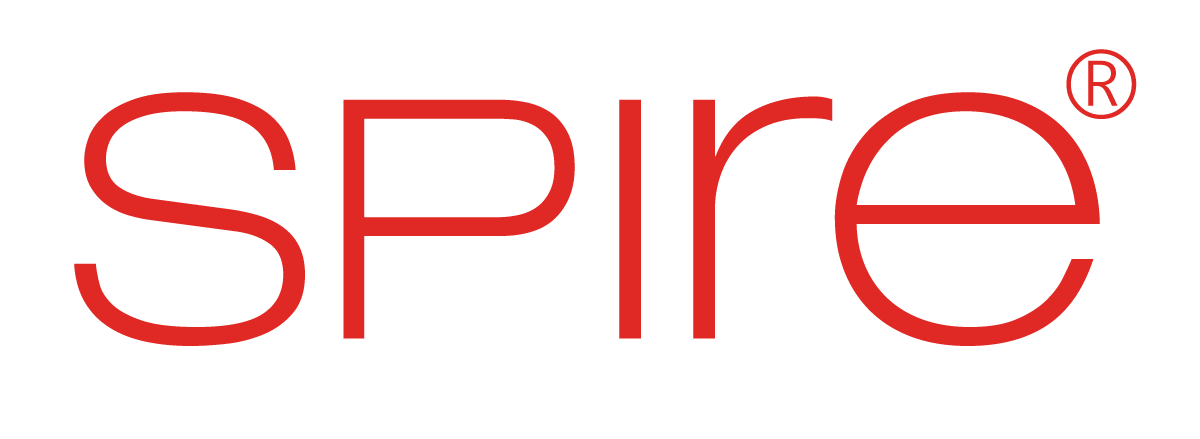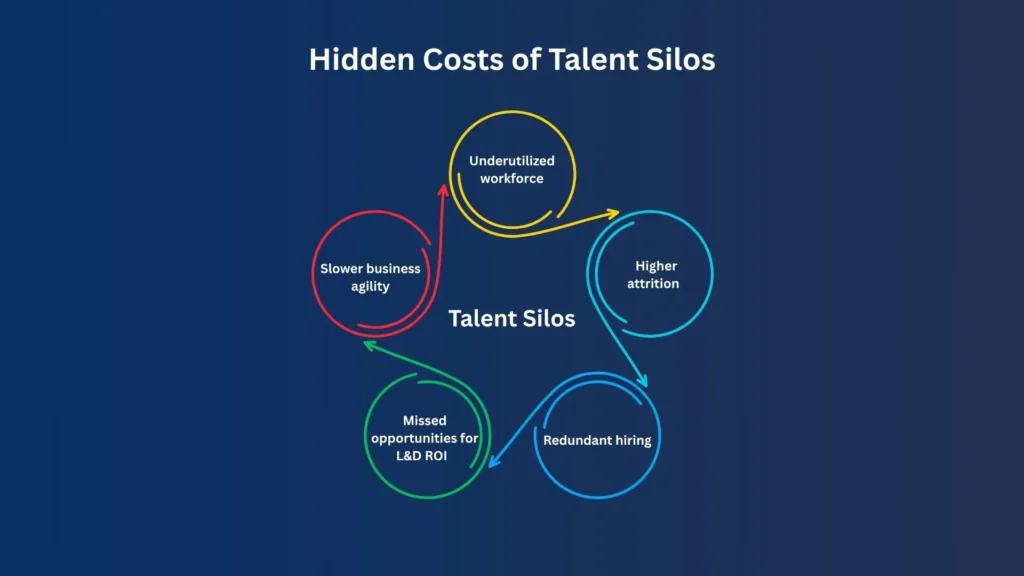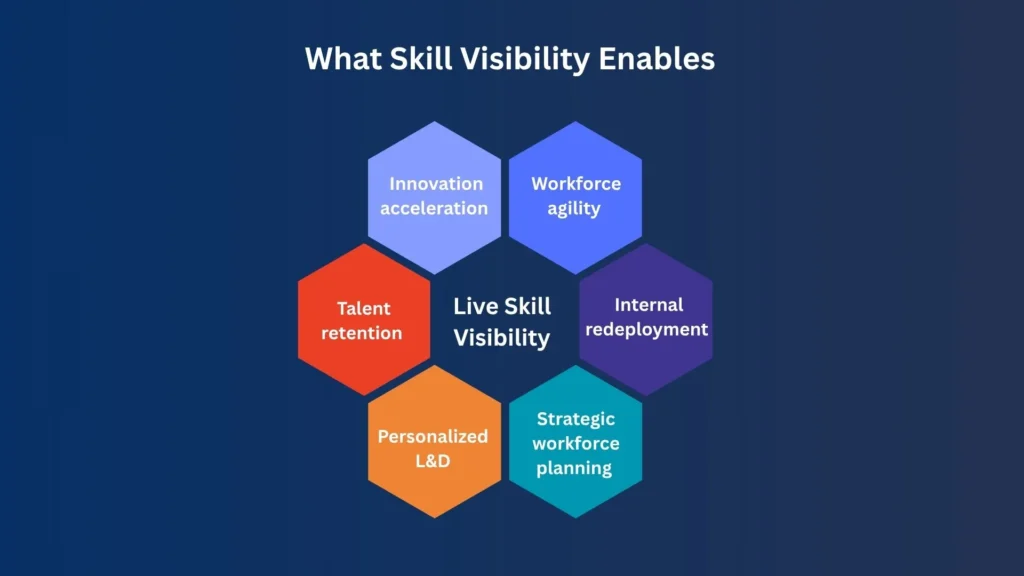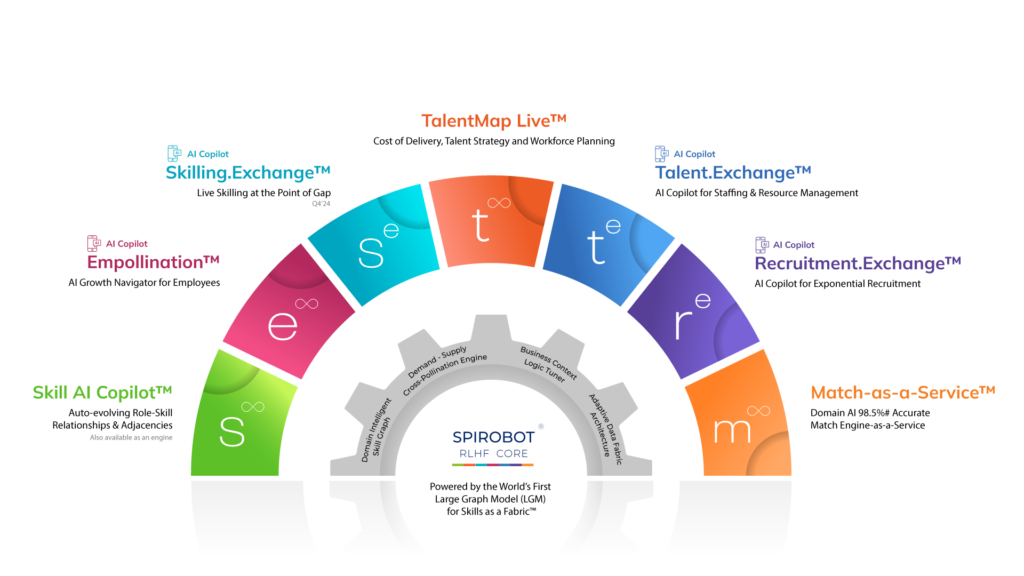In a rapidly shifting business landscape, speed and agility are no longer optional, they are existential requirements. Yet, many enterprises still operate with internal structures that work against this need for responsiveness. Teams operate in isolation. Knowledge doesn’t flow. Talent stays stuck. The result? Skills are underutilized, roles go unfilled, and innovation slows to a crawl.
This is the real cost of working in silos – a pattern that persists in modern enterprises despite countless transformation initiatives. Understanding what working in silos really means in a talent context and how it impedes talent mobility and skill visibility is critical to unlocking productivity, retention, and business growth.
In this article, we will talk about how organizations can enable seamless mobility across teams and turn siloed structures into integrated talent ecosystems.
Working in Silos: What It Means for Talent and Why It’s a Problem
Working in silos means teams, departments, or business units operating in isolation, whether in terms of data, decision-making, tools, or workflows. While it’s often used in an operational or communication context, silos have a more damaging implication in talent management: they trap skills and limit visibility into what people can actually do.
Here’s how that manifests:
- Hoarded talent: Managers don’t want to “lose” top performers to other teams, so they block cross-functional opportunities
- Opaque skill inventories: Teams build their own versions of skill maps, disconnected from central systems
- Duplication of effort: Similar capabilities are developed in parallel in different functions without collaboration
- Missed mobility opportunities: Employees with adjacent or transferable skills remain stagnant because other teams don’t know they exist
These dynamics become even more dangerous during times of transformation or crisis. When businesses need to pivot quickly, launch new initiatives, or respond to external shocks, siloed structures severely limit the speed at which talent can be reallocated.
A 2023 report by BCG found that organizations with high internal mobility outperform peers by 2.4x in revenue growth, yet only 30% of enterprises say they are effective at moving talent across units. Why? Because the vast majority have limited visibility into internal capabilities.
The Hidden Cost of Siloed Talent Structures
Silos aren’t just inefficient; they’re expensive. Their impact on enterprise performance extends across four key dimensions:
1. Underutilized Talent and Higher Attrition
When employees feel stuck or unseen, disengagement rises. According to LinkedIn’s 2024 Workplace Learning Report, 93% of employees would stay longer at a company that invested in their career growth, yet siloed orgs make it difficult for talent to access new opportunities. Employees eventually look elsewhere.
2. Delayed Strategic Initiatives
Need to form a cross-functional product launch team or staff a new digital transformation initiative? In siloed orgs, the search for available talent becomes manual, political, or outsourced, slowing down momentum.
3. Rising Costs from External Hiring
Lack of visibility into internal skills leads to overdependence on external hiring. But replacing an employee can cost up to 50–60% of their annual salary, not to mention onboarding time. Often, the right person for the job already exists inside, but remains hidden.
4. L&D Waste
Companies pour money into learning and development without knowing which skills already exist and which are truly needed. Without unified skill visibility, L&D becomes a shot in the dark.
Why Skill Visibility is the Missing Link
Skill visibility – the ability to see who knows what, how well they know it, and how that’s evolving is foundational to breaking down silos and enabling talent mobility. But this isn’t just about storing lists of competencies in an HR system. True skill visibility means having real-time, contextual, and validated insight into workforce capabilities.
That means:
- Knowing which software engineers are ramping up in GenAI frameworks
- Identifying operations leads with data visualization skills who could transition into analytics
- Recognizing which frontline managers are ready for cross-functional leadership roles based on behavioral signals
Without this kind of intelligence, talent deployment remains static. With it, companies can build dynamic, borderless teams that move as fast as the business requires.
The Future of Workforce Agility is Skill Mobility
Talent mobility isn’t just about job swaps or promotions; it’s the organizational muscle to move capability wherever it’s needed, fast. And it’s becoming a defining trait of leading enterprises.
Companies with strong talent mobility practices benefit from:
- Faster response times to business shifts
- Higher employee engagement and retention
- Lower time-to-productivity for internal transitions
- Stronger succession pipelines built on data, not instinct
But these outcomes are only possible when skill signals flow freely across the organization. And that’s where most companies hit a wall.
Spire.AI: Breaking Down Silos with Skill Intelligence
Spire.AI Copilot for Talent was built to solve this exact challenge: enabling organizations to surface, understand, and activate internal capability at scale, and in real time.
How It Works
Spire.AI uses a Large Graph Model (LGM) for Skills trained on millions of domain-specific data points to build live, contextual skill profiles for every employee, without relying on self-declared updates or static inputs.
This enables the platform to:
Reveal Redeployable Talent
- Identify employees who have relevant but underleveraged skills
- Recommend adjacent or emerging role matches based on real-world performance and learning behavior
- Highlight cross-functional potential that isn’t obvious on paper
Map Skill Clusters Across Teams
- Create an enterprise-wide view of where skills reside, not by department, but by capability
- Surface concentrations of niche expertise that can be mobilized for strategic projects
- Break down functional boundaries and shift from role-based to skill-based planning
Deliver Mobility-Ready Dashboards
- Equip talent teams and business leaders with actionable insight into workforce agility
- Track internal mobility velocity, skill distribution by location or unit, and capability readiness for upcoming needs
Enable Contextual Matching
Spire.AI’s matching engine considers not just what skills people have, but:
- How recently they’ve applied them
- In what context (e.g., product, region, team size)
- At what proficiency level
This level of detail ensures redeployment recommendations are not only accurate but immediately actionable.
Case Example: Unblocking Mobility Across Delivery Units
A global enterprise using Spire.AI recently discovered that over 40% of employees labeled “fully utilized” were actually mismatched to their project needs. Through live skill inference, Spire.AI surfaced:
- Talent with emerging AI/ML proficiencies who were stuck in legacy IT roles
- Regional teams with overlapping analytics skills, enabling cross-border rebalancing
- Mid-level managers with adjacent leadership skills ready for transition
By breaking the visibility barrier, the company was able to redeploy over 1,000 employees across teams in 6 months without expanding headcount. The result: 30% faster project ramp-up times, reduced hiring costs, and a measurable lift in employee satisfaction scores.
Why Spire.AI Is Different
While many workforce tools claim to support internal mobility, few address the root problem: the lack of continuous, contextual, and validated skill data. Here’s how Spire.AI stands apart:
|
Feature |
Traditional HR Platforms |
Spire.AI Copilot for Talent |
|
Skill Data Collection |
Manual, survey-based |
Inferred from work patterns, learning, outcomes |
|
Skill Visibility |
Static, role-bound |
Live, cross-functional, context-aware |
|
Proficiency Tracking |
Binary or absent |
Scored, evolving, time-sensitive |
|
Talent Mobility Matching |
Based on job history |
Based on real-time skill signals |
|
Silo Resolution |
Org-level |
Skill cluster–level |
Spire.AI doesn’t just digitize existing processes. It rearchitects how organizations understand and mobilize their workforce, turning silos into skill supply chains.
Getting Started: How to Build Mobility Through Skill Intelligence
Organizations looking to eliminate talent silos and build true mobility can begin with a few critical steps:
1. Audit Your Visibility Gaps
- Where does your skill data reside?
- How current is it?
- Can you confidently map skill supply to demand?
2. Shift from Roles to Skills
- Reframe workforce planning around capabilities, not titles
- Create skills taxonomies that reflect actual business needs—not just HR templates
3. Invest in Skill Signal Infrastructure
- Adopt platforms like Spire.AI that infer, validate, and update skill data continuously
- Integrate skill intelligence into performance, L&D, and mobility workflows
4. Measure and Scale
- Track internal mobility velocity, time-to-redeploy, and reskilling ROI
- Use data to remove friction and build a culture of fluid capability movement
Conclusion: Skill Mobility is the Antidote to Organizational Inertia
In a world where business priorities shift by the quarter, organizations can’t afford to let their best talent remain invisible or underused. Silos don’t just limit communication; they limit potential. They trap skills, slow innovation, and prevent your workforce from adapting when it matters most.
By embracing real-time skill visibility and enabling talent mobility through platforms like Spire.AI, companies can turn these traps into springboards unlocking faster decisions, smarter resourcing, and a more agile workforce.
Ready to break your silos and unlock skill mobility? Let us show you how Spire.AI can make your workforce future-ready, today.








